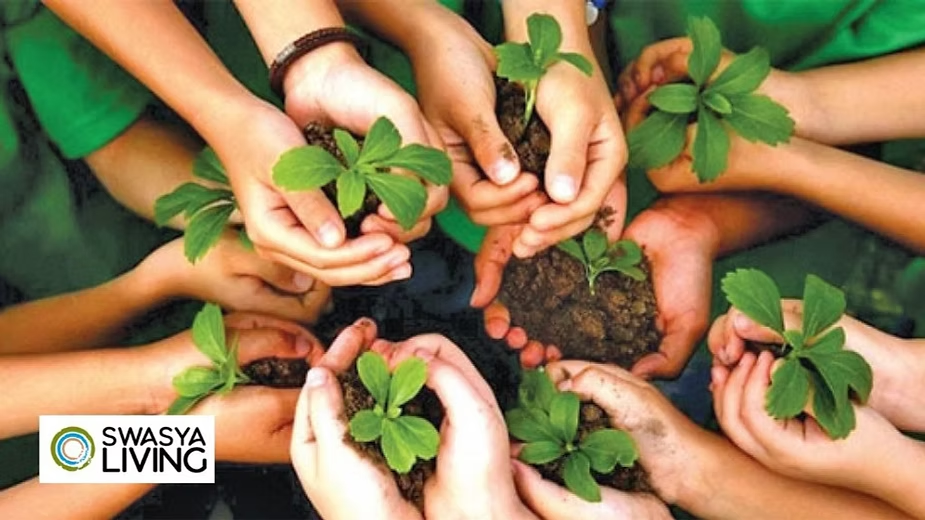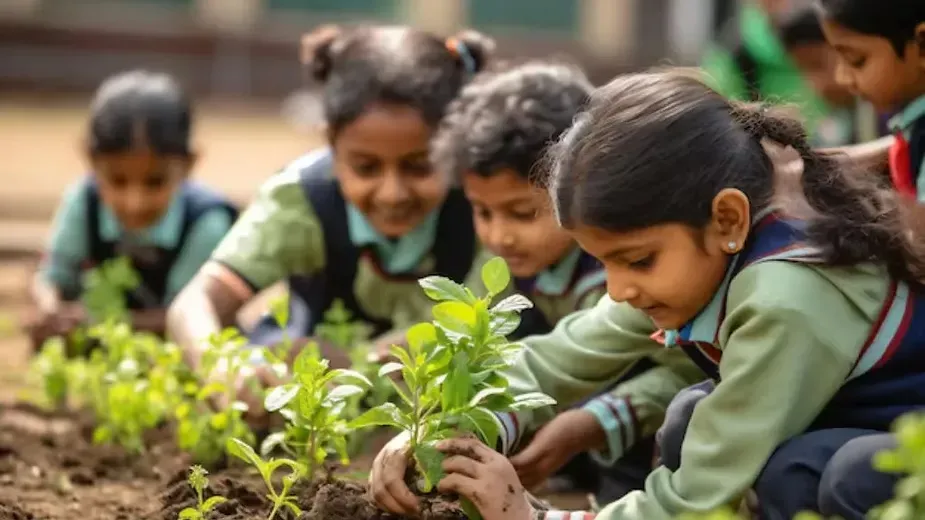Understanding The Importance of Van Mahotsav : History, Significance, Objectives!
Published on July 26, 2025

Van Mahotsav is also known as the "Festival of Forests." The festival is celebrated annually for a week in the first week of July. It was established in 1950 by K.M. Munshi then Union Minister for Agriculture and Food to emphasize the importance of forests and the need for afforestation efforts. This festival does a lot in combating deforestation, awakening the environmental sensibility among citizens, and instilling a feeling of environment protection with a sense of responsibility.
The article will provide an overview of the importance of Van Mahotsav, including its environmental, social and economic significance and its relevance to sustainable development.
Historical Background of Van Mahotsav
Van Mahotsav was introduced with the intention to combat the environmental damage resulting from extensive deforestation during the post independence development phase in India. It was about motivating people to plant trees, enhance green cover, and understand the role of forests in maintaining ecological balance. It has since become a national movement, celebrating the event in schools, colleges, offices, and communities.
What are the Importance of Van Mahotsav?
Environmental Importance
1. Afforestation and Reforestation
Many citizens are moved to plant trees during the "Van Mahotsav." Tree plantation is one of the major components of forest cover and restoration of degraded lands. In greening the area, trees absorb carbon dioxide, purify air, and improve the environment.
2. Preservation of Biodiversity
Planting trees during Van Mahotsav not only creates habitats for various species of flora and fauna but also helps conserve biodiversity and balance ecosystems.
3. Combating Climate Change
Indeed, forests are carbon sinks that absorb carbon dioxide and regulate the greenhouse effect. The Van Mahotsav, the celebration, propagates afforestation, which is very essential to global warming and climate change.
Economic Importance
1. Enduring Livelihoods
Forests yield timber, fruits, and medicines among other resources that nurture the lives of millions. Van Mahotsav is mainly for planting economically productive tree species that will eventually benefit the local communities.
2. Stimulus to Rural Economy
Tree plantations have created jobs and avenues for rural communities, with most of the livelihood benefits being attained from the agroforestry sector.
Social and Cultural Importance
1. Community Involvement
Van Mahotsav has proved much beneficial in gathering people into the community. To share and develop responsibilities towards nature, various schools, colleges, NGOs, etc., are involved in tree plantation drives and awareness programs.
2. Raising Awareness on Environment
It educates people about the need for trees in combating air pollution, conserving water, and prevention against soil erosion. This conviction among people drives into their environmental-friendly habits in life.
Soil and Water Conservation
1. Soil Conservation
Tree roots firmly bind soil against erosion and desertification. Van Mahotsav contributes towards improvement of soil fertility and sustainable agriculture.
2. Restoration of Groundwater Level
Tree plantation helps in recharging the groundwater level by percolating the rainwater into the soil.
Role of Van Mahotsav in Urban Planning
Van Mahotsav calls for tree planting within the urban setting into parks, roadsides, and residential apartments to improve air quality, reduce noise pollution, and provide greenery. It enhances the mental and physical well-being of city dwellers.
Activities During Van Mahotsav

- Tree Plantation Drives: They organize large numbers for tree planting in schools, among communities, and in public spaces.
- Awareness Campaigns: Organize seminars, workshops, and rallies at which people are educated on information related to forests.
- Competitions and Events: Organizing competitions such as essay writing, painting, and debates focused on environmental topics.
- Adoption Programs: Adopt and take care of a young tree seedling until the seedling grows into a tree.
Challenges in Celebrating Van Mahotsav
- Uninformed People: Most people would still remain deluded, regarding the significance of this day;
- Not Enough Participation: Lack of participation of urban community and industries with regard to tree plantation.
- Post Plant Maintenance: The challenge lies in taking care of the planted trees as they survive.
How to Strengthen Van Mahotsav Efforts?
- Government Initiatives: Initiate laws with policies that support afforestation and tree plantation drives.
- Involvement of Corporates: Industries should be involved in plantation drives as part of their corporate social responsibility.
- Public Private Partnerships: Partner with NGOs, educational institutions, and local authorities to reach more people.
- Technological Integration: Use geotagging and monitoring apps to track planted trees' survival rate.
Conclusion
Van Mahotsav is certainly an event for tree plantation but it is also beyond it, in fact, it is a movement to bring the collective responsibility of all towards nature. The initiative can help one participant or the whole community to build up a greener as well as healthier world.
Most importantly, with the growing emphasis on deforestation and climate change, the importance of Van Mahotsav continues to grow with the changing times. Let's commit to the nurturing and protection of our surroundings-from a tree-to-making Van Mahotsav a true celebration of nature's bounty.
